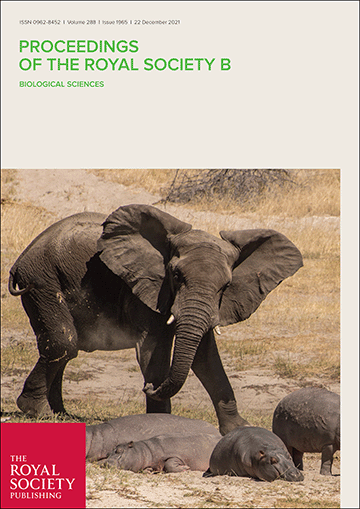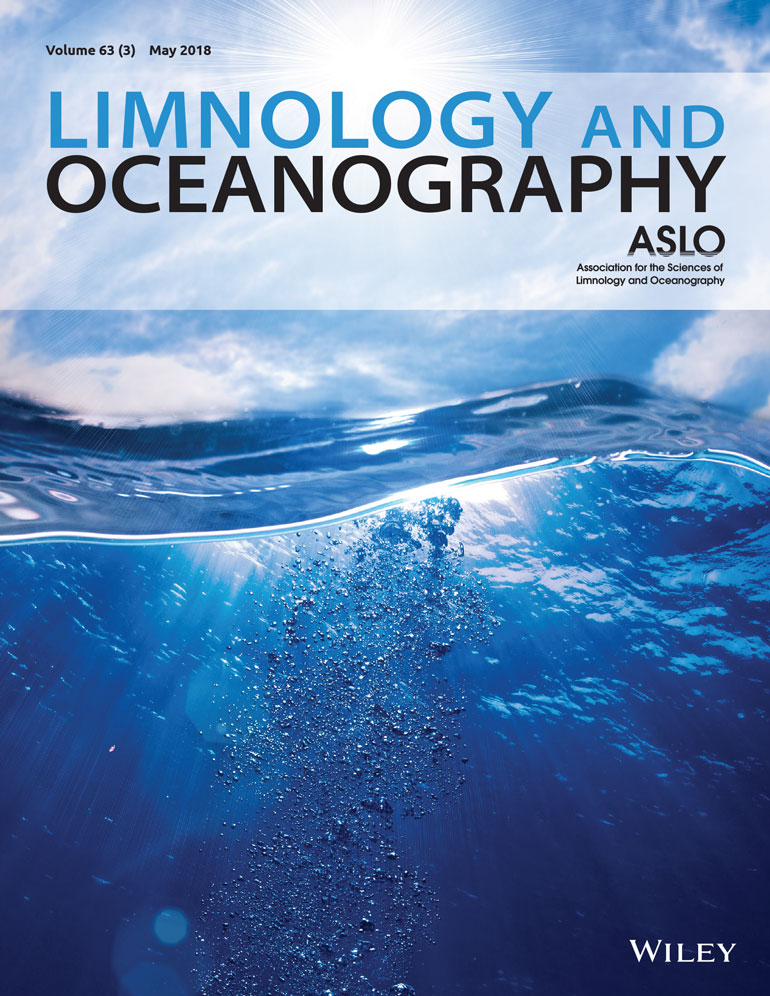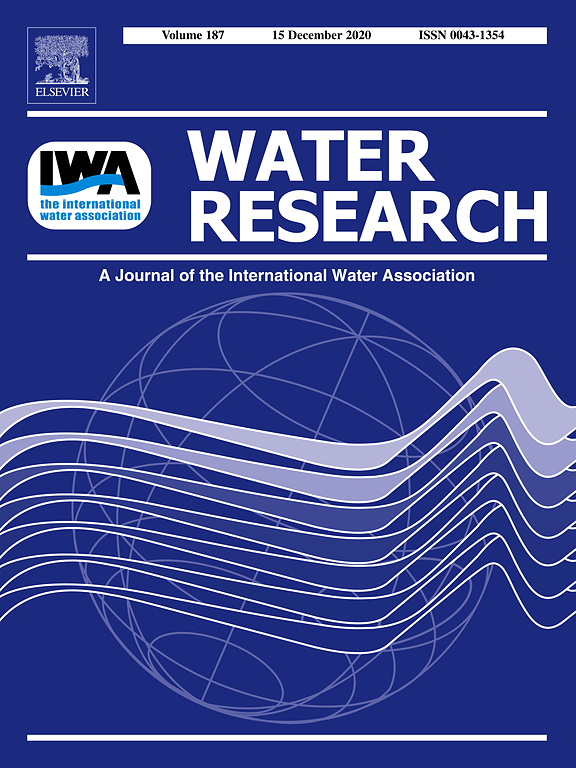- Thema:Biodiversität

Implementing the European Union Biodiversity Strategy: Interlinked challenges and a potential way forward
Die Studie analysierte die Umsetzung der EU-Biodiversitätsstrategie 2030 anhand von Literatur, Experteninterviews und Konsultationen. Sie identifiziert acht miteinander verknüpfte Herausforderungen, darunter begrenzten Wissenszugang, fragmentierte Politik, Finanzierungslücken und institutionelle Trägheit. Eine engere Verbindung von Wissenschaft u. Politik und inklusive Governance sind nötig.
Dynamic Environmental Niches of Marine Invasive Species Over 200 Years

Optimizing river restoration: A multi-scenario approach to barrier removal prioritization
Nocturnal pandas: conservation umbrellas protecting nocturnal biodiversity
The microbiology of Uganda’s large freshwater lakes experiencing anthropogenic and climatic perturbations: why it matters—a review

Soil alkaline phosphatase-encoding bacteria relate closely to microbial biomass phosphorus in changing environments
Daphnia-associated bacterial communities correlate with diet quantity, environmental conditions, and epidemic size across natural outbreaks

Tire wear particles in aquatic environments: From biota to ecosystem impacts
Anthropogenic gene dissemination in Tibetan Plateau rivers: sewage-driven spread, environmental selection, and microeukaryotic inter-trophic driving factors

Towards transformative change for biodiversity: What can we learn from case studies in Germany?
Basierend auf 22 Fallstudien in Deutschland identifizieren wir 16 Merkmale, die transformativen Wandel für Biodiversität fördern und auch in ähnlichen Governance-Kontexten relevant sein können. Wesentlich sind gemeinsame Zielentwicklung, der konstruktive Umgang mit Kontroversen, die Aufwertung praktischen und fachlichen Wissens sowie die Verbindung rechtlicher und kooperativer Ansätze.






